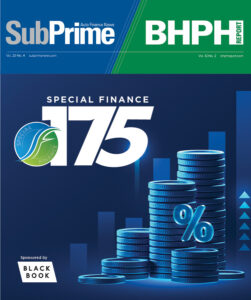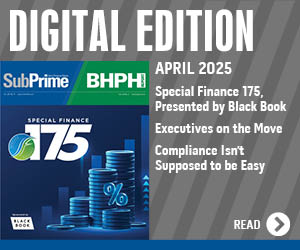See You in 2020? Terms Hit New Highs in Q1

If buyers keep their vehicles for the duration of the installment contract, dealerships and finance companies likely won’t see these consumers again for another purchase until 2020 or possibly beyond — an assertion stemming from the record-setting term metrics Experian Automotive reported on Monday.
Analysts determined longer-term loans for both new and used vehicles are on the rise. According to the latest State of the Automotive Finance Market report, the average loan term for new and used vehicles originated during the first-quarter increased by one month, reaching new all-time highs of 67 and 62 months, respectively.
Findings from the report also showed that longer loans — those contracts with terms lasting 73 to 84 months — accounted for a record-setting 29.5 percent of all new vehicles financed, marking an 18.6 percent rise above Q1 2014 and the highest percentage on record since Experian began publically tracking this data in 2006.
Long-term used-vehicle loans also broke records, with loan terms of 73 to 84 months, reaching 16 percent in Q1 2015, rising from 12.94 percent the previous year — also the highest on record.
“While longer term loans are growing, they do not necessarily represent an ominous sign for the market," said Melinda Zabritski, Experian’s senior director of automotive finance and a keynote speaker for the SubPrime Forum later this year during Used Car Week.
“Most longer-term loans help consumers keep monthly payments manageable, while allowing them to purchase the vehicles they need without having to break the bank,” Zabritski said. “However, it is critical for consumers to understand that if they take a long-term loan, they need to keep the car longer or could face negative equity should they choose to trade it in after only a few years.”
Experian pointed out the average amount financed and the average monthly payment for a new vehicle also increased to record heights.
The average new-vehicle loan was $28,711 in Q1 2015, compared to $27,612 in Q1 2014. The average monthly payment for new vehicles also rose, moving from $474 in Q1 2014 to $488 in Q1 2015.
Additionally, analysts reported leasing continued to increase in popularity during the quarter, jumping from 30.22 percent of all new vehicles financed in Q1 2014 to a record high of 31.46 percent in Q1 2015.
During the same time period, the average monthly lease payment dropped to $405, down from $412 the previous year.
Furthermore, leasing credit loosened, as the average new vehicle lessee had a credit score of 718 in Q1 2015, down from 721 the previous year.
“Increases in vehicle financing are signs of a strong automotive market,” Zabritski said.
“By gaining a deeper understanding of current financing trends, lenders are able to stay competitive and better meet the needs of the marketplace, while consumers can use the data to become more educated on the different vehicle financing options and make a more informed purchasing decision,” she went on to say.
Zabritski mentioned a trio of other findings from Experian’s latest report, including:
— The average credit score for a new-vehicle loan dropped slightly, going from 714 in Q1 2014 to 713 in Q1 2015. The average used vehicle score moved slightly higher, from 641 in Q1 2014 to 643 in Q1 2015.
— The average used-vehicle loan was $18,213 in Q4 2015, up from $17,927 in Q4 2014.
— The average interest rate for new vehicles was 4.71 percent in Q1 2015, up from 4.54 percent in Q1 2014. Similarly, the average interest rate for used vehicles increased from 9.01 percent in Q1 2014 to 9.17 percent in Q1 2015.

 View The Latest Edition
View The Latest Edition

